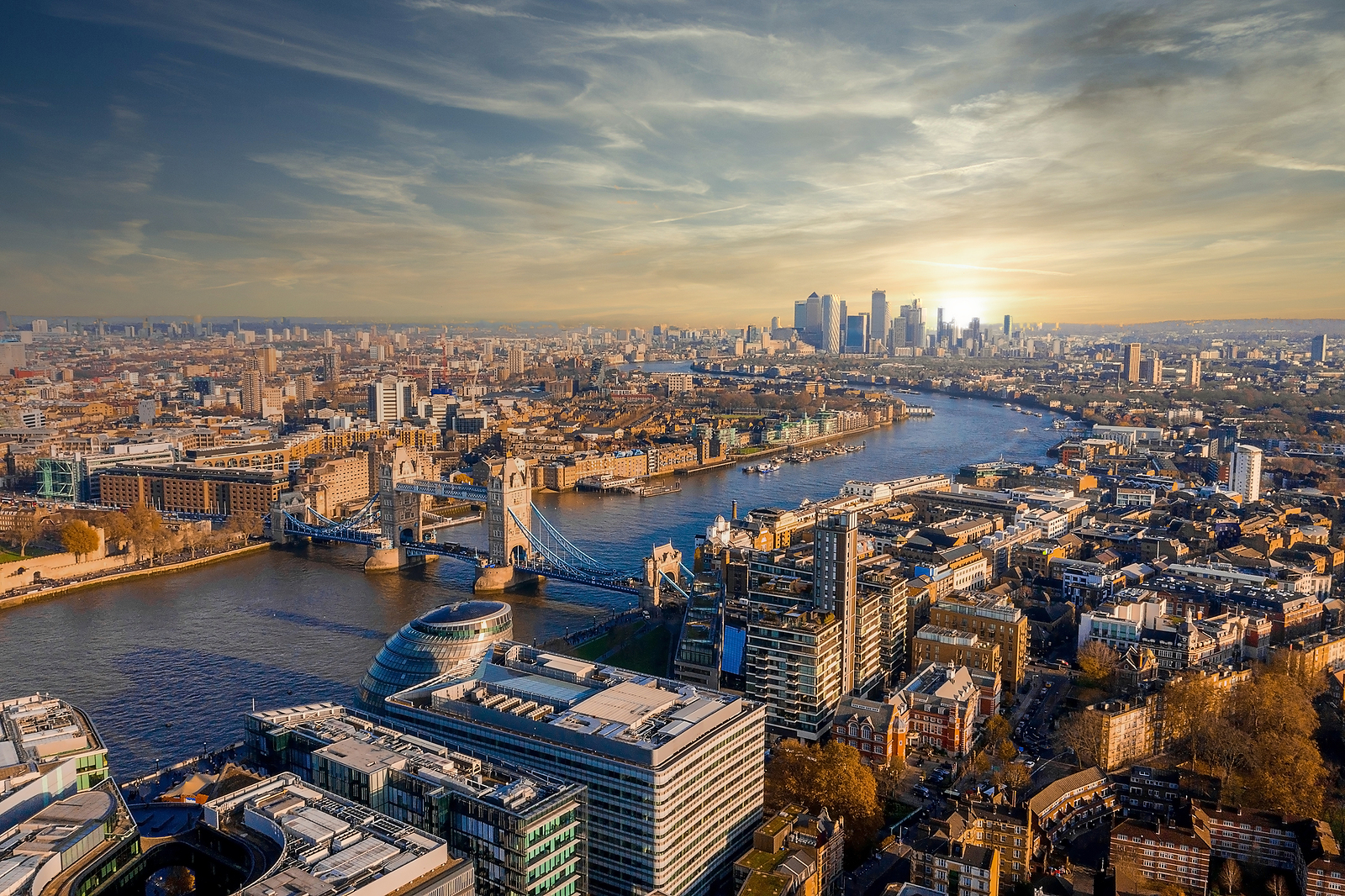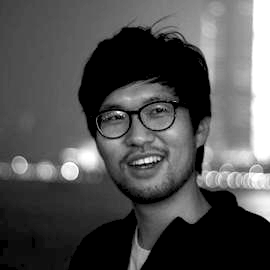
Premium Content

How simulation techniques can be used to measure population exposure to high levels of PM2.5: A case study of London
Subscription required
View ArticleSummary
Exposure to air pollution has been extensively studied in order to understand how the health consequences of air pollution on populations can vary greatly by one's socioeconomic profile1. Studies have shown that the young and old, the socially disadvantaged, and those who live near polluted areas, for example, are more likely to be exposed and at risk 2–5. In a recent report, the most deprived communities in London were 6% more likely, respectively, to be exposed to higher levels of PM2.5 than the least deprived areas 6. Although annual concentrations of these pollutants and population exposure have decreased in London since 2013, as has the expansion of the ULEZ (Ultra Low Emission Zone) covering the entire city, there are still disparities in exposure in more deprived areas, as well as across age and ethnic groups that must be addressed.
Epidemiological studies have continuously linked negative health consequences to exposure to particulate air pollution. The London Atmospheric Emissions Inventory (LAEI) is a recent publication that maps pollution fields and measures exposure levels across age groups based on an averaged level of PM2.5 at the population's home address. However, this approach ignores the actual trajectories of where people travel, which limits its accuracy in estimating exposure levels 5,7–12. To address this limitation, GPS research has been used to fill in map estimation gaps by using travel surveys and monitoring GPS and pollution-detective gadgetsv12–16. This approach has the advantage of providing more accurate estimates of exposure levels by taking into account people's actual movements throughout the day. However, there are several challenges associated with this approach, including issues with data quality and cleaning, as well as concerns around privacy and consent. As a result, the amount of information that can be obtained from GPS research may be restricted.
To bridge the gaps between both approaches, we built upon agent-based modelling (ABM) that creates a virtual world of London with individuals moving around the city while they are exposed to PM2.5. ABMs can allow us to observe the spatial and temporal variation of the pollutant in London and trace people’s trajectories whilst the pollution is soaring.
This article examines how individuals' socioeconomic backgrounds, mobility patterns, and the cumulative effects of PM2.5 exposure can be revealed across the entire London population. Specific research questions include:
● How can personal exposure translate to a health risk?
● How can the agents' demographic and socioeconomic backgrounds, as well as their mobility patterns, influence health outcomes in London?
● Would more stringent PM2.5 standards, closer to the WHO guideline, make a difference in reducing PM2.5 in London and human health?
The following sections provide context for how air pollution exposure leads to health consequences, taking into account different exposure patterns as well as individual differences in sensitivity and resilience. We then examine the tools used in air pollution studies, ranging from regional scale computational models to individual scale GPS research. The criticisms then flow smoothly into the next section on understanding the fundamentals of ABM and the growing literature. The section that follows then introduces London Health Sim. We understand the way ABM is used to demonstrate individual mobility, exposure to PM2.5, and health consequences.
More about the author
Hyesop Shin is a research associate at the MRC/CSO Social and Public Health Sciences Unit at the University of Glasgow, with interests in agent-based modelling (ABM), urban air quality, traffic modelling, and physical activity. His current project uses computer pathfinding algorithms, GPS, and agent-based modelling to study children's mobility patterns in Scotland in order to better understand various levels of physical activity. (ABM). Another strand of his work delves deeply into creating a traffic simulation of Glasgow in order to understand the displacement of congestion and air pollution as a result of Glasgow's low emission zone enforcement.
